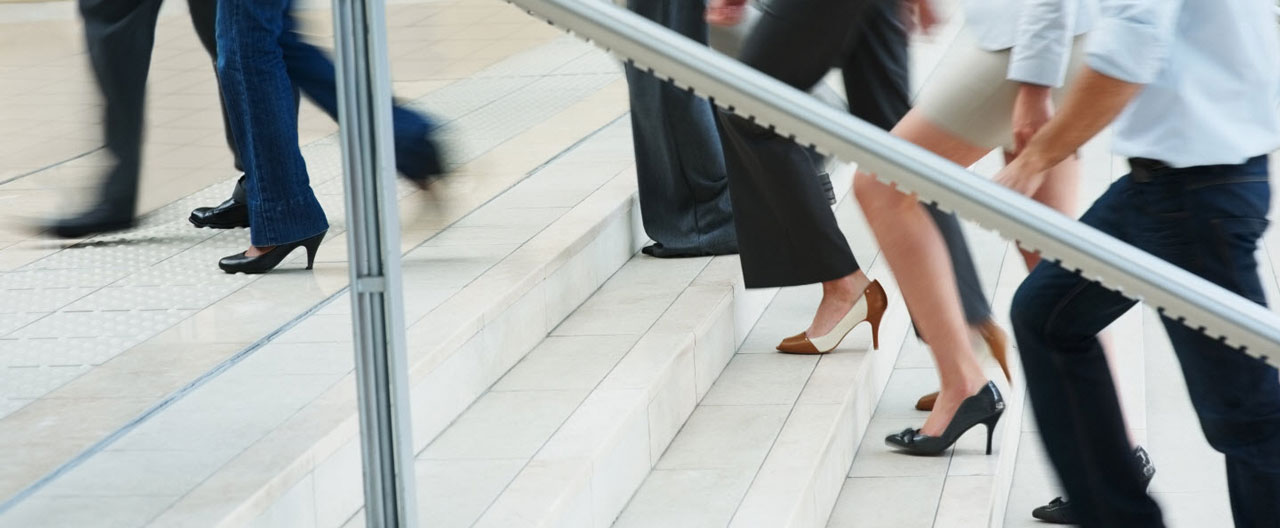- Individuals & Families
- Businesses
- Agents & Brokers
- Embedded Insurance

Chubb ranked #1 for Customer Satisfaction with the Home Insurance Claims Experience

Chubb ranked #1 for Customer Satisfaction with the Home Insurance Claims Experience

Chubb ranked #1 for Customer Satisfaction with the Home Insurance Claims Experience

Chubb ranked #1 for Customer Satisfaction with the Home Insurance Claims Experience

Because pets are family, Chubb now offers pet insurance with top-rated coverage from Healthy Paws.

Chubb offers the insurance protection you need for travel’s many “what ifs”.

Chubb protects small businesses at every stage – from newly formed start-ups to long-time anchors of the community.

Stay ahead of cyber threats with our free Cyber Claims Landscape Report.

Learn more about our dedicated learning paths, Online Learning Center, and more.

Many digital-savvy consumers look for it as a core or add-on option.

Many digital-savvy consumers look for it as a core or add-on option.

Many digital-savvy consumers look for it as a core or add-on option.

Chubb’s in-house technology makes it easy to integrate what we do into your customer experience.
-
About
-
Claims
-
Login & Pay Bill
For Agents & BrokersFor Travel Advisors
-
Back
When we head to work each day, a slip-and fall-accident is probably the last thing on our minds—but, in fact, they are much more common than we realize. About 9.2 million people were treated in emergency rooms for fall-related injuries in 2016.1
Your employer should have a formal slip, trip, and fall prevention program in place, but there are also steps you can take to ensure these types of accidents don’t occur. According to risk engineers, here are the top seven places to look for slip-and-fall hazards.
1. Your feet
The shoes you wear at work can play an important role in preventing slip-and-fall accidents. Always choose footwear that is compatible with the flooring surfaces in your workplace.
2. Staircases
A number of factors contribute to staircase accidents, including:
- Irregular steps
- Poor lighting
- Objects left on stairs
- Improper or broken handrails
- A step in an unexpected place
Make sure to always take your time on the stairs and use caution if you spot any of the signs above.
3. Escalators
Escalator steps are not the correct height for normal walking, which increases the risk for a slip, trip, or fall. Do not use escalators as stairs when they are not operating.
4. Walkways
Walkways may crack due to settling surfaces, storm damage, or the action of tree roots. They can also collect puddles or ice. Be especially cautious when walking outside in bad weather, and alert the building authorities if you see these hazards so they can improve the slip resistance of these surfaces.

5. Ramps
Slip-and-fall accidents are common on ramps as they can get slippery when it rains or snows, making the increased slope difficult to navigate. And don’t get caught off-guard by a ramp with a low rise—especially when it has no handrails.
6. Parking Lots
When navigating the parking lot at work, watch out for:
- Irregular surfaces
- Speed bumps (if your office has them, see below)
- Inadequate lighting
7. Speed bumps and wheel stops
Speed bumps and wheel stops can be a tripping hazard. If your workplace access road and parking lot has these features, navigate with caution. They should be painted a bright color and properly placed.
Most importantly, if you do see a potential slip-and-fall hazard in your work environment, report it immediately. The sooner it is corrected, the safer you and your colleagues will be.
Insights and expertise








This document is advisory in nature and is offered as a resource to be used together with your professional insurance advisors in maintaining a loss prevention program. It is an overview only, and is not intended as a substitute for consultation with your insurance broker, or for legal, engineering or other professional advice.
Chubb is the marketing name used to refer to subsidiaries of Chubb Limited providing insurance and related services. For a list of these subsidiaries, please visit our website at www.chubb.com. Insurance provided by ACE American Insurance Company and its U.S. based Chubb underwriting company affiliates. All products may not be available in all states. This communication contains product summaries only. Coverage is subject to the language of the policies as actually issued. Surplus lines insurance sold only through licensed surplus lines producers. Chubb, 202 Hall's Mill Road, Whitehouse Station, NJ 08889-1600.


